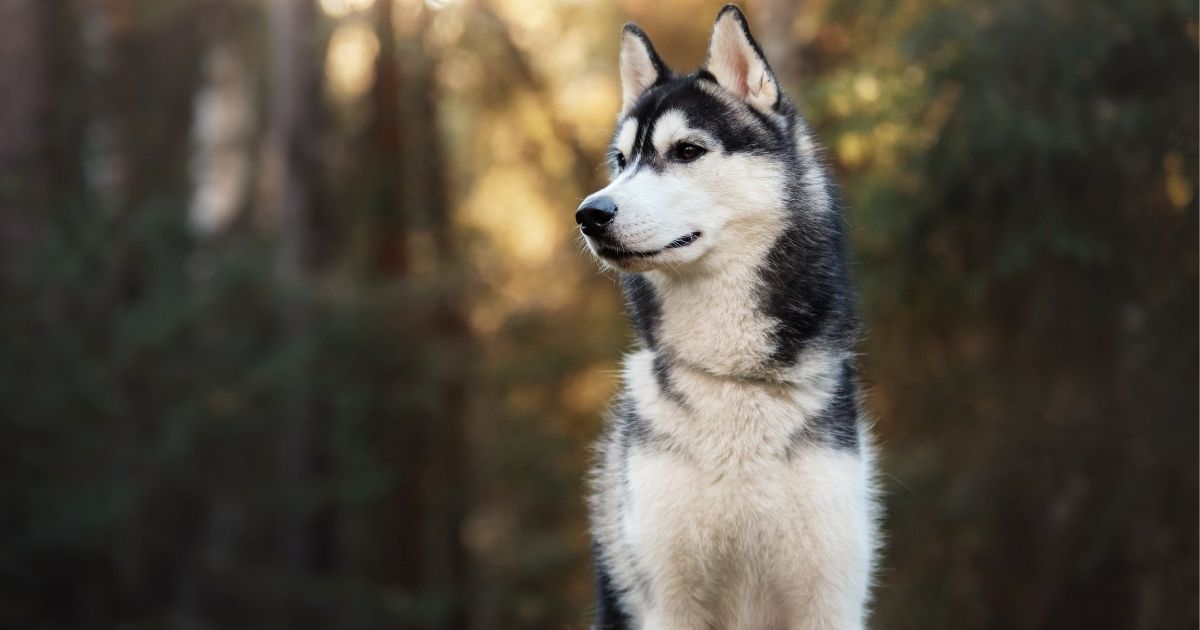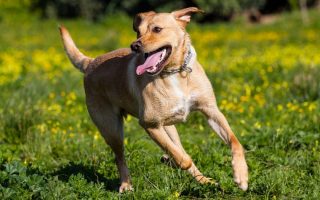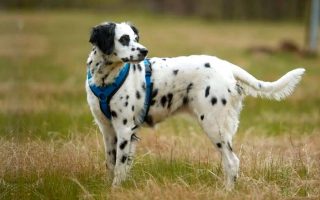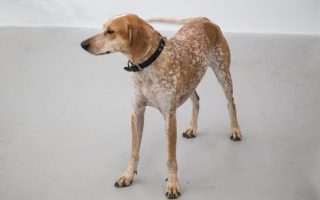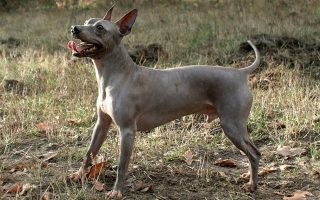Will Siberian Huskies protect their owners? Can you train Huskies to be guard dogs? Read on to find out!
The Siberian Husky has all the looks of a protector.
With its wolf-like appearance, slender physique, and unusual eyes, the sight of it is enough to turn away even a visitor.
However, just because Huskies have the looks doesn’t mean they are good guard dogs.
Guard dogs need some specific traits to identify and ward off strangers. The core trait is wariness towards strangers.
The all-loving Husky doesn’t have such a reservation. That said, Huskies can be trained to be a watchdog.
In this guide, you’ll understand why the Husky is a better watchdog than a guard dog.
Are Huskies Good Guard Dogs?
The Siberian Husky is often regarded as dangerous, wild, and scary by a good number of people.
The attacks by some members of the breed have helped enforce this stereotype.
However, when it comes to the Husky, the content differs from the cover.
The attacks done by Siberian Huskies are more due to their energy than any aggressive tendencies.
Far from being aggressive, Huskies are lovers, not fighters. Hence, the answer to “are Huskies good guard dogs” is no!
Below are reasons why Huskies don’t make good guard dogs.
Reasons Why Huskies Aren’t Good Guard Dogs
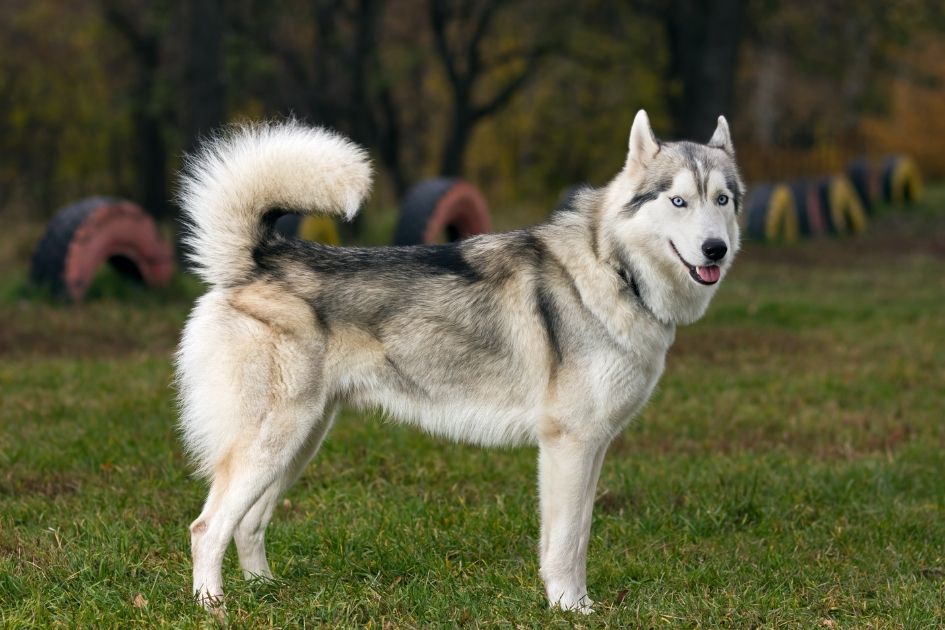
1. They rank high on friendliness and playfulness
Huskies are friendly, extroverted pooches who are out to make friends and show love.
Unlike a standard guard dog who reserves its affection for family, a Siberian Husky would want to get acquainted with everyone.
That includes the mailman, visiting relatives, and kids.
While this acceptance of everyone is a commendable trait for a family pet, it isn’t one an excellent guard dog should have.
A guard dog ought to be suspicious of strangers, ready to defend and protective of its environment.
Huskies may sometimes not want to approach a person, but that tells more about the person than your pet.
It is not hard to befriend this breed, and an intruder who knows about dog breeds will bribe his way through.
2. They are difficult to train
The balancing act of owning a guard dog is being able to call it back from an attack and it listens. This would prevent it from harming a visitor.
A guard dog should also be willing to protect once it sights harm. Thus, it should be open to training.
The Siberian Husky is a bit difficult to train. It gets easily distracted, is independent, and has high energy that may be difficult to control.
It doesn’t rank high in obedience training, which means you will put in a lot of work to get it to understand a command.
It is also almost impossible to train a Husky to act aggressively to an intruder, and even harder to get it to stop.
3. They’re highly energetic
Guard dogs are active, energetic, and need exercise. However, they are not overly so.
They need to be focused to stay on guard and calm enough to be close to their owners.
Huskies, however, have a lot of energy to spare. They are fit as workers but do not possess the calmness of guards.
They’d much rather be busy or playing.
Also, their energy makes them destructive. If you leave a Husky close to your property for a while, you may come back to a wreck.
For this reason, owners prefer keeping it in a kennel. A dog kept away in a kennel can’t accurately protect a household.
4. They are not territorial
A common behavior of a good guard dog is being territorial.
These canine bouncers don’t let foreign dogs close to the owner’s property, nor do they permit strangers unless the owner is okay with the person.
This behavior may sometimes be extreme, but it helps a guard dog stay defensive.
Huskies, on the contrary, are pack dogs who don’t do well alone.
Far from marking territories, they’d rather share with others. Huskies fare better with a company, including those of other dogs.
While some can attempt being guard dogs, you’d do better with breeds that have all it takes to be guardians.
Guard Dogs Alternatives to Siberian Huskies
To have better results (and a guard dog who’d act on its threats in the face of danger), here are some better guard dogs than the Siberian Husky.
1. Doberman Pinscher
Dobies make good guard dogs because they’re easier to train. They’re protective too and will take your property as theirs.
This protectiveness is the ideal quality for a guardian. They were bred by a man named Dobermann for protection.
2. Bullmastiffs
As a guard dog, bullmastiffs have it all. They are giants, weighing up to 120 pounds.
The size, intimidating visage, and protectiveness make them every intruders’ nightmare.
They’re also loyal enough to obey their masters and stop attacking when told to.
3. Rottweiler
Due to their modern fame as police dogs, many people think of the Rottie when identifying guard dogs.
Their strength and fierce loyalty can make them battle to the death to keep their owners safe.
This breed has aggressive tendencies and while it should be trained to control them, a touch of aggression is good for a guard dog.
4. German Shepherds
Another well-known police dog is the German Shepherd, a herder breed so retained its guarding instincts.
It evolved from protecting livestock to defending humans. With its strong sense of smell and endurance, the German Shepherd is alert and ready for duty.
5. Cane Corso
The name of this breed, translated, means “bodyguard-dog.” Nothing more needs to be said.
The Cane Corso is a guardian to its core. It was bred to guard property, a job it takes seriously.
Are Huskies Good Watchdogs?
While we’ve ruled out Huskies as guard dogs, this doesn’t mean they have no other role to play in a household.
Besides being a pet and friendly companion, Huskies can be trained to be good watchdogs.
Thus, the Siberian Husky can be put to work in terms of security. It will keep you aware of any foreign personnel.
There are many reasons for this, some of which we’ll look into before considering how a Siberian Husky can be trained into being a watchdog.
Reasons Why Huskies are Good Watchdogs
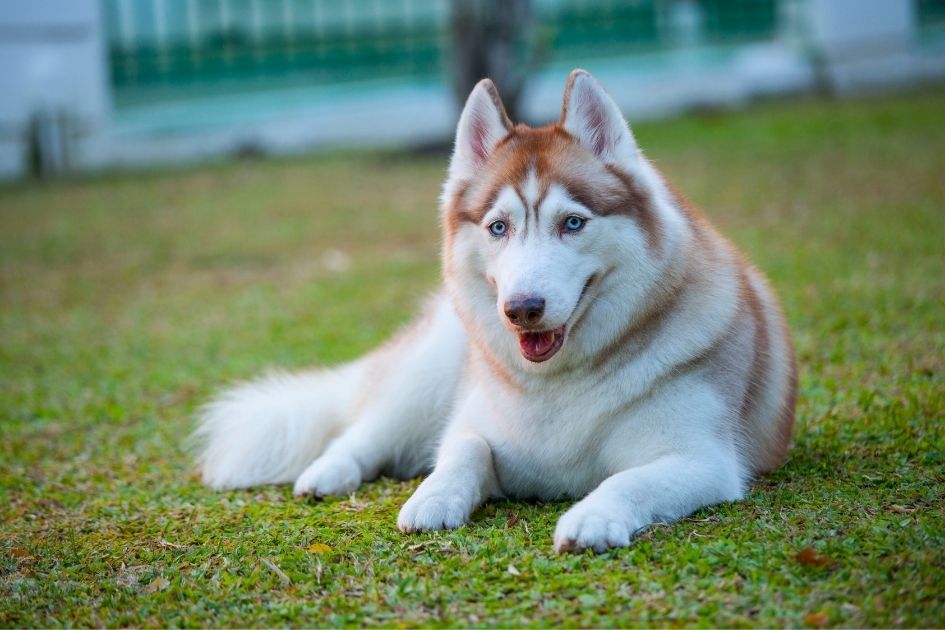
1. The looks like that of a wolf
Yes, we did point out that the Husky doesn’t act as frightening as it looks. However, the appearance can serve a purpose.
Though not directly related to wolves, Huskies look like them. Their blue eyes are only attractive to friends.
To an intruder, they look ominous. Its wolf-like physical nature can keep a burglar from breaking in, or it may make the said burglar freak out.
2. They are curious
Huskies have a curious mind that would make them want to check out something unusual.
While this curiosity can distract it during training, the Siberian Husky will also draw your attention to anything, including a fire outbreak.
This trait makes it a good watchdog.
3. They are vocal
Huskies don’t bark much, but they make other sounds that alert you of any strange sight.
The sounds can be picked apart and analyzed to know which is a signal for danger. This dog breed whines, moans, or howls.
How to Train Siberian Huskies to be Watchdogs
Here comes the big question. If Huskies can be good watchdogs, how do we train them to play that role?
Being a watchdog requires certain skills. Your canine should be able to distinguish between dangerous and harmless events.
It should also be trained enough to go quiet if what it considers intriguing is not so for the human.
Here are some tips to follow in training a Husky to be a watchdog.
Teach it to calm down on command
The Husky’s howl can get inconveniencing, especially when you have neighbors who don’t appreciate the noise.
It is your responsibility to stop it from going further, and it should know how to respond to the command.
Begin by getting it comfortable with basic commands any pooch can pick up.
Sit, Roll, Come and Stay are examples of basic commands. Once it begins responding, you can proceed.
Find out what triggers your Husky’s howl. It could be anything, from your son’s hip-hop music to the sound of sirens.
Once you’re able to identify it, use the trigger to get it to howl. Then, give the Hush command in a firm but gentle tone.
When it stops, reward it with a treat. Repeat the process till it gets accustomed.
Teach it to be alert
Alertness is an important feature of a watchdog. Without this trait, your furry buddy won’t be able to detect danger.
The first thing you should know is to be slow in using the Hush command. Use it too swiftly, and your Husky won’t be encouraged to alert you of any problems.
A good rule of thumb is to use it after your pet has seen you with the visitor.
It is a signal that it should accept someone only after you have done so.
The Bottom Line
If your major aim at pet parenting is to provide additional security to your home, now you know the Siberian Husky is not a good guard dog.
This overeager dog should rather be employed in other working duties or kept as a companion.
There are more natural guard dogs like the Rottweiler or German Shepherd that won’t betray you by befriending an intruder.
The Husky can be a good watchdog, however. With enough training, it can alert you of impending danger.
You May Also Like:
16 Wolfish Dogs That Look Like Huskies But Are Not

